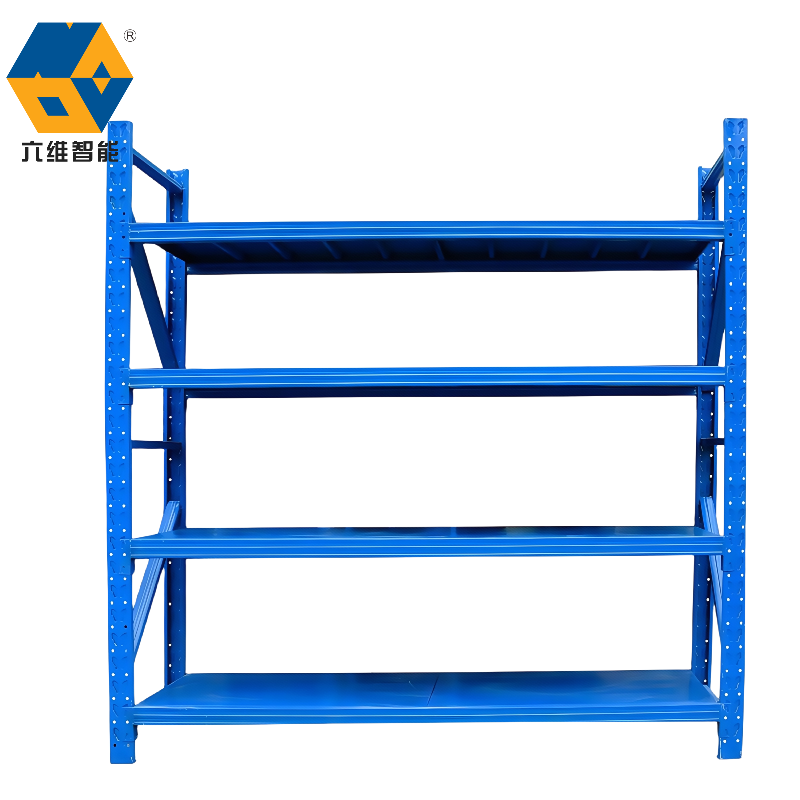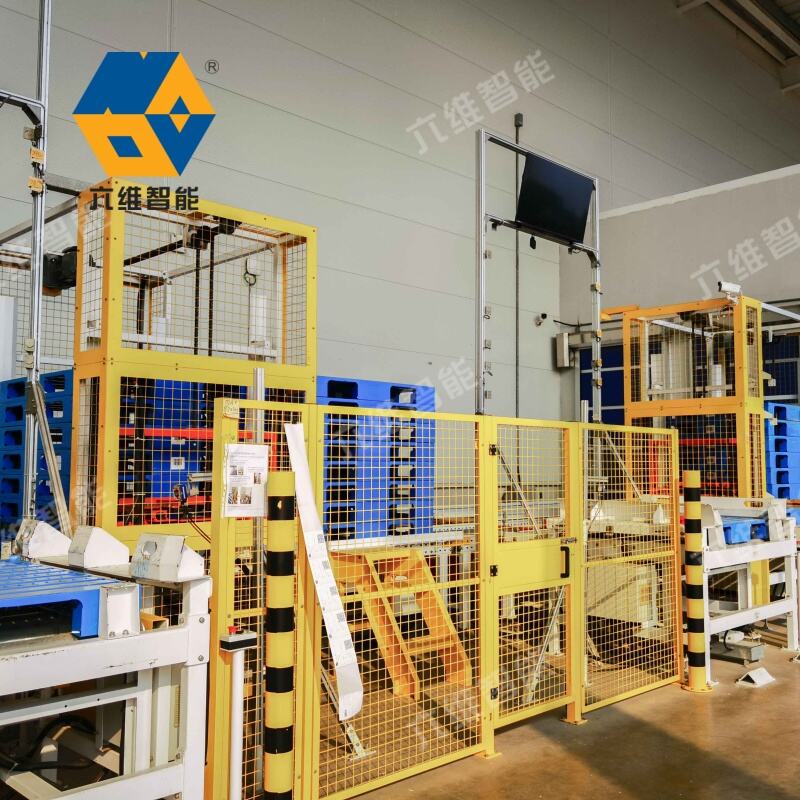drive in warehouse racking
Drive in warehouse racking represents a high-density storage solution designed to maximize space utilization in warehousing operations. This innovative storage system enables forklifts to drive directly into the rack structure to access pallets, eliminating the need for multiple aisles between racks. The system consists of robust support rails that run the depth of the storage lane, allowing pallets to be stored on multiple levels. Its design typically follows a last-in-first-out (LIFO) inventory management principle, making it particularly suitable for bulk storage of homogeneous products. The structure features guide rails at floor level to assist forklift operators in navigating safely within the system, while support arms and bracing ensure structural integrity. Advanced engineering ensures the racking can withstand daily operational stress, with load-bearing capacities customizable to specific requirements. The system accommodates various pallet sizes and weights, offering flexibility in storage configurations. Modern drive in racking systems often incorporate safety features such as impact protection, load indicators, and specialized pallet supports to prevent accidental damage during operation. This storage solution proves especially valuable in cold storage facilities, where maximizing cubic space utilization is crucial for energy efficiency.


